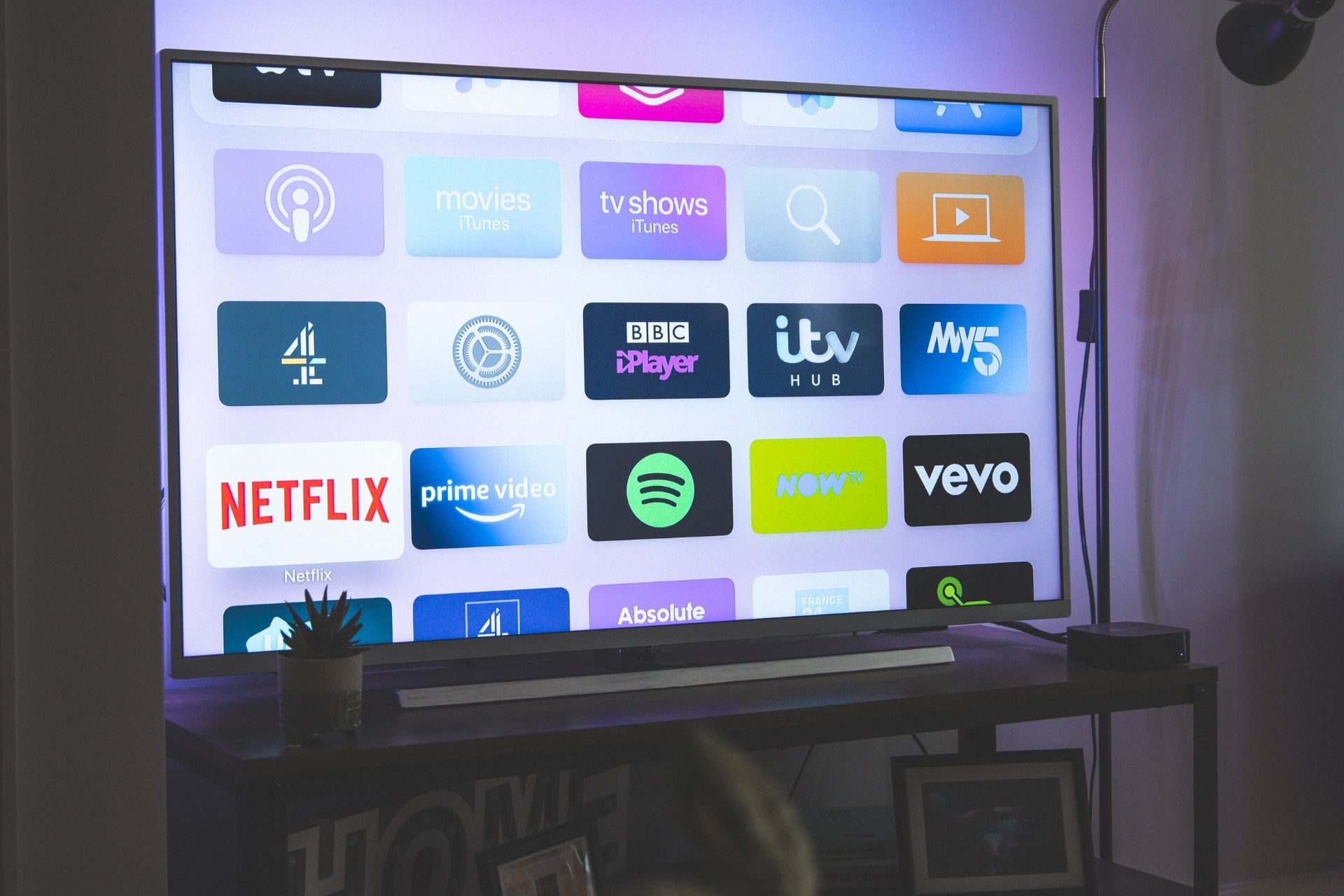Apple has always been on the cutting edge of technological innovations. One of their flagship products, the Macbook Pro, has significantly upgraded. At the beginning of 2023, Macbooks can come with the user’s choice of the M1 Pro or M1 Max chip systems.
Both can significantly improve performance over their predecessors, but which one should users choose? While there are many similarities, there are also some essential differences that might make a difference in the minds of Apple enthusiasts.
What is the M1 Chip, and What Can It Do?
The M1 Pro and Max are the second generations of Apple’s ARM-based systems-on-a-chip or SoCs for those who may not be in the loop. The M1 SoC chip was tailor-made for the Macbook in 2020.
M1 Pro vs M1 Max: Differences and Similarities
As far as power goes, both the M1 Pro and M1 Max are a significant step up from their predecessor. This makes Macbooks much more powerful and versatile, with excellent all-around performance. The differences lie in the actual specs for each chip. So what are the differences of the M1 Pro vs. the M1 Max?
M1 Pro
The M1 Pro is a significant upgrade from the original M1. Boasting a 10-core CPU — eight of which are high performance and two high efficiency — its performance is up to 70% faster than its predecessor. In addition, its 33.7 billion transistors are more than double that of the M1. If that wasn’t enough, its 16-core GPU processor is twice as fast as the original M1.
Regarding RAM, the M1 Pro can hold up to 32GB with 200GB per second of memory bandwidth — three times the original M1 can offer. This allows it to perform more graphically demanding video editing and gaming tasks.
The M1 Pro enables the latest Macbooks to edit videos in 4K and even 8K while using minimal power. For content creators or professional video editors, the capabilities of the M1 Pro can make it a powerful tool.
M1 Max
The M1 Max also has a stronger GPU, with 24 and 32 cores options — much greater than the M1 Pro’s 14 and 16 cores. The M1 Max has also double the RAM space — 64 GB compared to the Pro’s 32 GB.
This means that Macbooks equipped with the M1 Max can do everything the M1 Pro can but better. That includes graphically taxing functions like gaming and video creation and editing. Macbooks powered by the M1 Max can let users edit up to 30 streams of 4K or seven streams of 8K — a performance that you can usually find on heavy-duty PCs.
Compared to the M1 Pro, the M1 Max is generally more robust and performs better. While they’re both 10-core chips, the M1 Max scores slightly higher in tests thanks to having 57 billion transistors in its CPU compared to the M1 Pro’s 33.7
How to Decide Which One is Right for You?
Although the M1 Max has superior performance, choosing which M1 chips are right for you might not be as clear-cut. Besides their graphics performance, the M1 Pro and the M1 Max are virtually similar when used for less taxing work.
This means the M1 Pro is optimal unless you’re doing extensive video editing or gaming. If you use your laptop primarily for office work with some light gaming on the side, Macbooks fitted with the M1 Pro perfectly balance functionality and price.
If you need additional power but less than the M1 Max, users can choose a 10-core and 16-core GPU. This will still give your Macbook a power boost without breaking the bank. The M1 Pro can even be downgraded to an 8-core CPU — which is still powerful enough to handle most tasks expected of a modern laptop for a lower price.
If you need a computer with more power for video and graphics editing, the M1 Max is perfect. Due to its impressive power, video editing using the M1 Max is much easier and more efficient. This makes it perfect for people with professions that demand they take their video editing gear on the go.
It’s also the ideal Macbook for gaming enthusiasts. Macbooks with M1 Max can gain up to 73.8 frames per second at standard gaming resolution. At 1080p or 1920 x 1200 resolution, the Macbook can still deliver a very respectable 26.5 frames per second.
Of course, with higher performance comes a higher price. Macbooks equipped with the M1 Max are usually at least $400 more than those installed with the M1 Pro. Still, if you’re looking for a Macbook with a lot of portable power, the uptick in price is a fair deal.
M1 vs. M2
Of course, those who know about Apple tech have heard that the M2 chip is already available. M2 is the latest generation of SoC — meant to surpass all versions of the M1.
The M2 specs are generally more impressive than the M1 Pro or M1 Max. They have an eight-core CPU divided evenly into four performance and four efficiency cores. Upgrades are available for 10 and 16 cores.
The main feature is the unified memory architecture for both CPU and GPU. This supports up to 24 GB for a bandwidth of up to 100GB/s.
If the M2 Macbooks are already on the market, why bother with the M1 Pro and M1 Max? While the specs for the M2 might seem impressive, the consensus is that the performance is only marginally better than the M1 Max.
Of course, future Macbooks using M2 will become more innovative. But for now, most feel that the performance of the M2 doesn’t justify the cost of upgrading. Unless you are a real tech enthusiast, the M1 Pro and Max can still meet most people’s needs.
You Can’t Go Wrong With the M1 Pro or Max
Choosing between Macbooks equipped with the M1 Pro vs the M1 Max all depends on your needs. Those who don’t need that much graphical power should opt for the M1 Pro. If you’re a PC gamer or your job requires intense graphic design on the go, the M1 Max chip is what you need.
Recent Stories
Follow Us On
Get the latest tech stories and news in seconds!
Sign up for our newsletter below to receive updates about technology trends














